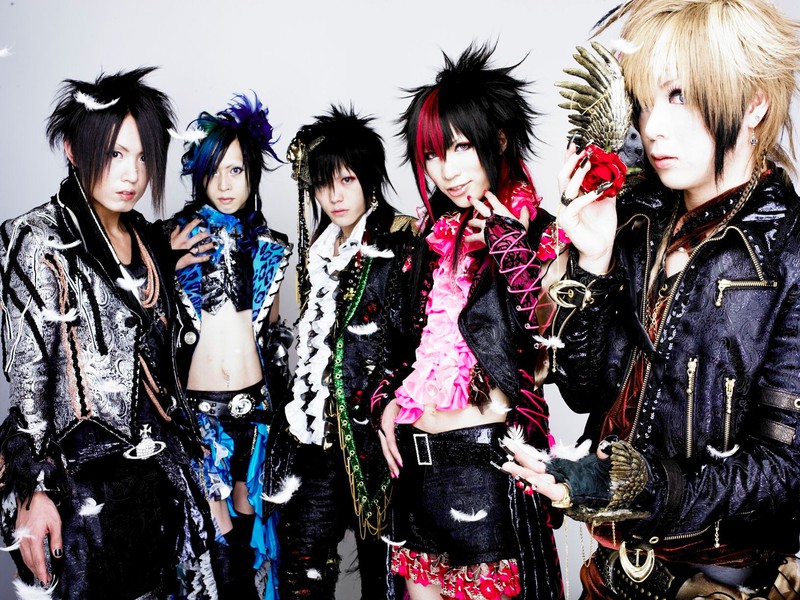VISUAL KEI
What is Visual Kei?
By Nym

Visual Kei, I would come to say visual style (kei in Japanese is style), this is how they began to call the musical bands of Japan, belonging to the "livehouse scene" in the mid-1990s.
Although Visual Kei does not encompass a specific style of music, this term comes more from the aesthetic appearance of its members.
The origin of Visual kei dates back to the mid-80s, even without this specific name, but band X, considered a precursor of this style, was already in the musical field, when it achieved great fame in 1985 for its aesthetics and style. becoming one of the best known heavy bands in Japan.
In the 90 is when the acceptance by the public begins. X, later called X JAPAN, since there were misunderstandings with the American punk band also called X, already had a solid musical reputation and young bands like LUNA SEA and L'Arc ~ en ~ Ciel were starting to emerge.
In 1991 the band Kuroyume was formed, with a style highly influenced by western gothica music, this plus the particular voice of the vocalist Kiyoharu, they soon stood out among the other bands. Just as X JAPAN is considered the aesthetic precursor, Kuroyume is considered the musical precursor of the Visual kei style, since nowadays they still try to imitate his way of singing.
At the end of the 90s and with the great acceptance of the musical style, groups like X JAPAN, GLAY, LUNA SEA and L'Arc ~ en ~ Ciel, opted to change to a more “casual” aspect, but new bands came out that would maintain aesthetics, like Malice Mizer, heavily influenced by Western gothica fashion and the Victorian era, (Mana, one of the members, will be the forerunner of the Gothic Lolita aesthetic).
Thanks to the disappointment of the fans of X Japan, LUNA SEA, L'Arc ~ en ~ Ciel… who had abandoned their outlandish looks, groups like Malice Mizer had a great reception.
This prompted many young bands to go on stage, made up, with theatrical clothes and an androgynous appearance. Especially attracting the female audience.
It is during this time (1992) that the term Vivual kei, also called Visual Rock, begins to consolidate.
In the end Visual kei is seen in the hands of a large number of very young and less known bands. The record company Free-Will was the one that gave support to many of the emerging bands, also making them known abroad. Another label that supported bands was Matina, created by musician Kisaki, a former member of bands like Syndrome, Kisaki Project and Phantasmagoria. Matina didn't last long, but it was founded right after Undercode Production, also by Kisaki, and continued to sign visual bands.
Nowadays, new bands do not stop coming out, some only last a couple of singles, others manage to consolidate themselves in the musical field of Visual Kei.
In Spain, it is gaining more and more followers, especially young people, who are attracted by its aesthetics. In recent years, Visuals bands have been created in Spain, as in the case of GothicDolls.





Receive our news